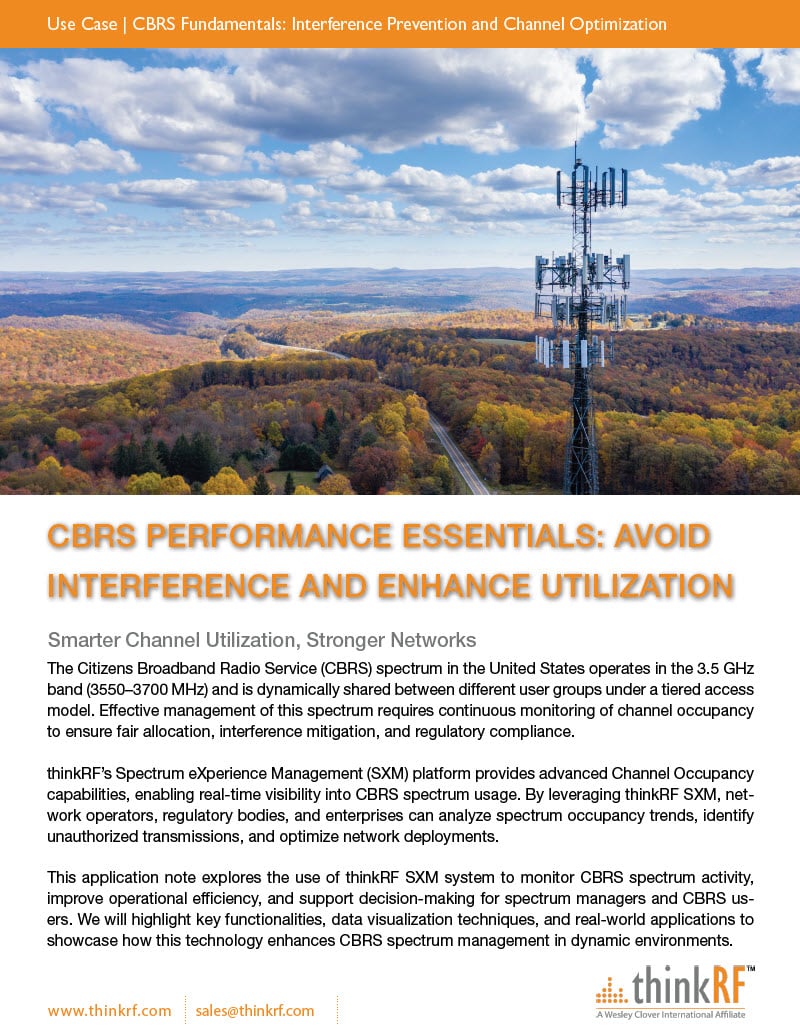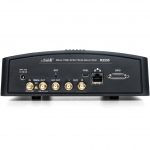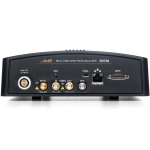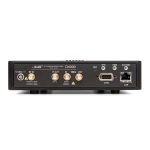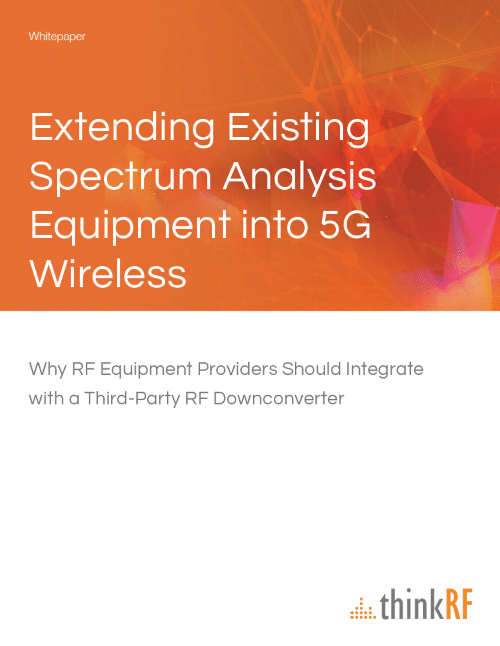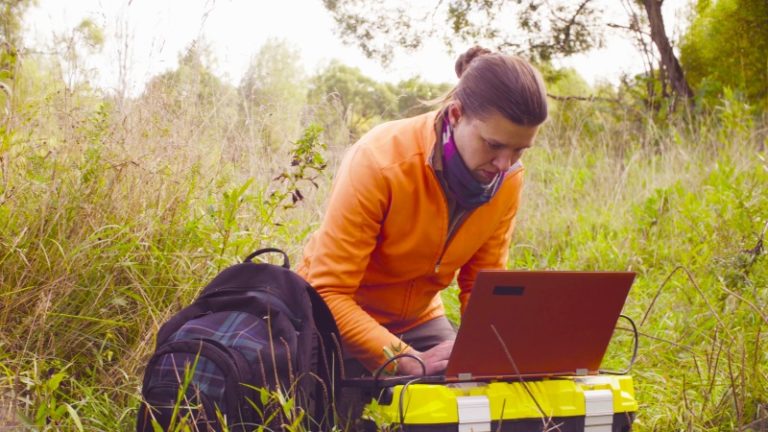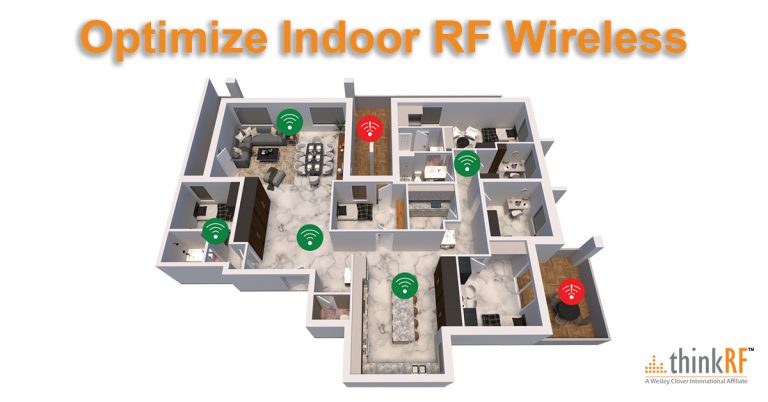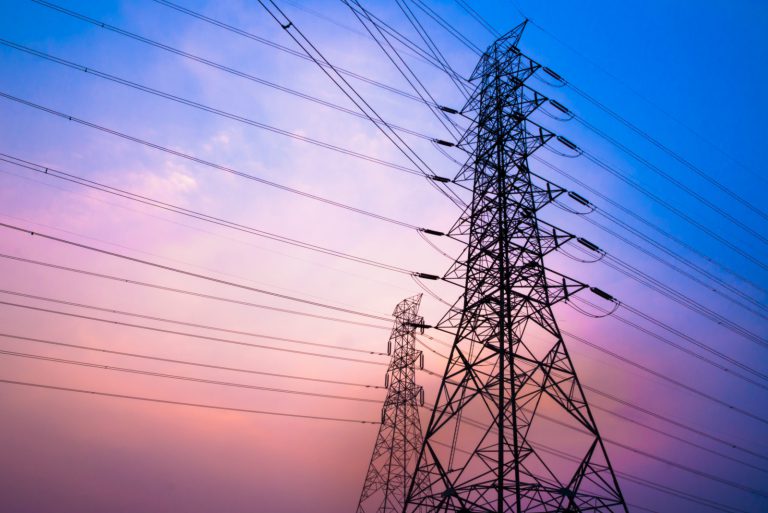The 2018 Olympic Winter Games hosted in the mountainous region of Pyeongchang, South Korea began last week and will continue until February 25th. With athletes from over 80 nations competing across 102 events, this year’s Winter Olympics are set to be the largest in the history of the competition.
At the heart of the games will be the showcasing of real-world 5G wireless technology for the very first time. Along with Culture, Environment, Peace and Technology, the South Korean government has named Information and Communications Technology (ICT) as one of the top goals for the Olympic Winter Games this year.
The Proving Ground for 5G – Paving the Way for Future Deployments
South Korean telecommunication company, KT Corp – who is the official sponsor of the Olympic Winter Games – has revealed plans for the first public test run of 5G wireless. This could pave the way for eventual download rates up to 100 times faster than today’s existing 4G systems, with delays as low as one millisecond. KT’s competitors, SK Telecom and LG U+ have also announced their own 5G Olympic demos. No company wants to be left behind, as the Winter Olympics provide a global stage on which to show off new 5G technologies and give spectators a glimpse of the future.
The debut of 5G has been highly anticipated as it is, ultimately, the next step in the pursuit of a faster network. Each new generation of wireless technology has succeeded in delivering increased functionality, as well as faster operating speeds to the technologies around us, and 5G is expected to be the biggest improvement so far.
1G brought the first cellphones, 2G gave rise to text messages, and 3G gave us access to the Internet. And of course, we’re all familiar with 4G, which encompasses our entire mobile experience today. However, 4G is beginning to reach the end of its life as the fifth generation of wireless technology is almost here. 5G is predicted to be able to handle 1000 times more traffic than today’s networks, crucial in a world where users require more data and the rise of the Internet of Things (IoT) and other smart devices lead to a rapid increase in the number of connected devices.
[vc_row][vc_column][vc_empty_space][/vc_column][/vc_row][vc_row][vc_column][vc_message message_box_color=”alert-info” icon_fontawesome=”fa fa-file-text-o” css_animation=”left-to-right”]Download our latest whitepaper – Seeing the Full Picture: Introducing Software-Defined Spectrum Analyzers[/vc_message][/vc_column][/vc_row][vc_row][vc_column][vc_column_text]
Enabling the Technologies of Tomorrow
South Korea plans to use the Games as an opportunity to boast their technological prowess, with the hopes of positioning themselves as a global ICT powerhouse, by demonstrating five revolutionary ICT technologies and services. These five areas are comprised of 5G communication networks, Ultra-High-Definition (UHD) broadcasting, Augmented Reality (AR), Virtual Reality (VR) and IoT. But what does this all mean?
The public can expect to witness the marriage of all five cutting edge technologies that will work together to enrich the experiences of athletes and visitors alike at the Olympics, from the moment they arrive at the airport, up until the very end of the competition. It is reported that 5G will be used in conjunction with UHD broadcasting technology to give spectators a surreal experience of the games. The standards on display will allow for data transmission speeds that are 20 times faster than today’s 4G, while UHD broadcasting provides screen resolution that is four times higher than what we experience today. All this is being done with the goal of giving remote viewers the ability to feel like they are experiencing the game live in the stadium – no matter where they are.
However, skeptics fear Korean telecommunication companies may have promised more than they can deliver, as both KT and SK Telecom have been suspiciously reluctant to share the details about what it is exactly that they are planning to demonstrate at the Olympics. Standards are only just now being developed, and much of what 5G will look like from a commercial perspective is still being worked out. What will be on display may not be the exact technology that eventually wins out in the coming years.
With so much still left to be determined, consumers will likely have to wait until 2019 at the earliest to buy smartphones and tablets that can operate using 5G technology. What is known is that 5G will likely use 28 GHz and higher frequency spectrum as it offers a significantly greater bandwidth than traditional cellular channels below 6 GHz.
Let the Games Begin
5G wireless promises a new technological foundation to support the next great wave of life-changing digital advancements that will enable our smart and connected future. It will be integral to the success of various groundbreaking technologies such as autonomous driving, virtual reality and artificial intelligence. 5G promises to transform our lives, and we may be able to see a glimpse of the future at the Olympic Winter Games in South Korea.
The ThinkRF D2030 RF Downconverter extends the performance of your existing spectrum analysis equipment into 5G. Learn more.

